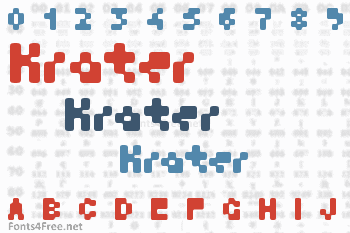

The narrative cycle of Orcus II reveals a discernable interest in rebirth, resurgence, and an anticipation of a personal spiritual renewal mirrored by a cultural and political renewal of the Etruscan power base at Tarquinia. Taken in its entirety, the Tomb of Orcus transported its occupants directly into the underworld of Homer’s epics and placed the deceased among the great Greek heroes of art and song. The tomb represents centuries of cultural diffusion from Greek traders and the settlers of Magna Graecia repeatedly sharing their stories, beliefs, and material goods with the powerful Etruscan settlements of central Italy. Among the Phantoms of Men Outworn: In the Tomb of Orcus II, Greek Myth Illustrates Etruscan Beliefs and Political Reality A thesis presented to the Graduate Program in Ancient Greek and Roman Studies Graduate School of Arts and Sciences Brandeis University Waltham, Massachusetts By Stephen Anthony Guerriero This thesis examines the choices the artists and owners of the Tomb of Orcus II made in depicting specific characters, images, and visual narratives within an Etruscan funerary context of the fourth century BCE.


 0 kommentar(er)
0 kommentar(er)
